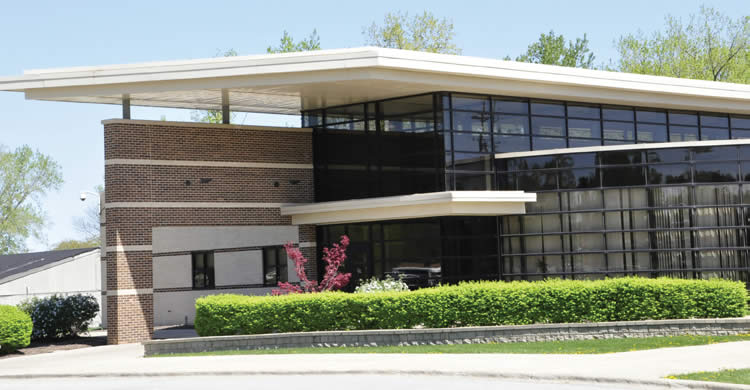New York–(ENEWSPF)–March 8, 2010. America’s leading beverage companies have delivered on a three-year commitment with the Alliance for a Healthier Generation, a joint initiative of the American Heart Association and the William J. Clinton Foundation, to remove full-calorie soft drinks from schools across the country and replace them with lower-calorie, smaller-portion beverages. As a result of the landmark agreement there has been an 88 percent reduction in calories from beverages shipped to schools since 2004.
The American Beverage Association (ABA) released today the Alliance School Beverage Guidelines Final Progress Report, confirming that the beverage industry’s major companies – The Coca-Cola Company, PepsiCo, Dr Pepper Snapple Group and their systems of local bottling companies that work directly with the school partners – have transformed the beverage landscape in schools across America. The report was prepared by the independent firm Keybridge Research, LLC, which has prepared the previous two progress reports.
“A critical component of the Alliance’s national effort to end childhood obesity has been our work with the beverage industry to reduce the amount of calories our kids consume in schools,” said President Bill Clinton, founder of the William J. Clinton Foundation, who co-leads the Alliance with Governor Arnold Schwarzenegger and American Heart Association President Clyde Yancy. “We are encouraged by the significant progress we’ve made and look forward to continuing our work with participating schools, companies and the American Beverage Association to give young people the options and opportunities they need to lead healthier lives.”
“It’s a brand new day in America’s schools when it comes to beverages,” ABA President and CEO Susan Neely said. “Our beverage companies have slashed calories in schools as full-calorie soft drinks have been removed. The beverages available to students are now lower-calorie, nutritious, smaller-portion choices.”
This Alliance School Beverage Guidelines Progress Report marks the third and final assessment of the impact and status of the implementation of the Guidelines. In May 2006, the Alliance for a Healthier Generation worked with representatives of The Coca-Cola Company, Dr. Pepper Snapple Group, PepsiCo and the American Beverage Association to establish Guidelines that limit portion sizes and reduce the number of beverage calories available to children during the school day. As a result of the Guidelines, the industry committed to changing the beverage mix in schools across America by removing full-calorie soft drinks and providing for lower-calorie, nutritious beverage options in age-appropriate portions by the beginning of the 2009-2010 school year.
“Childhood obesity is a complex problem, and there is no one single solution. The core of the problem, however, is that many of our children and youth are consuming too many calories,” said Clyde Yancy, M.D., president of the American Heart Association and medical director for Baylor Heart and Vascular Institute at Baylor University Medical Center in Dallas. “School is a unique environment where students make food and beverage choices with limited supervision and begin to set food preferences that last into adulthood. The Alliance School Beverage Guidelines are a tool for reducing students’ access to calories during the school day and changing behaviors that may lead to a lifelong improvement in caloric consumption.”
Under the voluntary Guidelines, 100 percent juice, low-fat milk and bottled water are allowed in elementary and middle schools, with the addition of diet beverages and calorie-capped sports drinks, flavored waters and teas in high schools. In addition to the removal of full-calorie soft drinks from all schools, the shift towards more lower-calorie, smaller-portion beverages is also contributing to the overall reduction in calories available from beverages in schools.
The report shows that industry delivered on several important markers:
- Calories available from beverages in schools have been cut dramatically. In fact, 88 percent fewer beverage calories were shipped to schools between 2004, the last comprehensive data available prior to the agreement, and the end of 2009.
- Full-calorie soft drinks have been removed. Shipments of full-calorie soft drinks to schools have declined by 95 percent during that time.
- We have successfully changed the beverage landscape in schools across the country. The Guidelines provide for a range of lower-calorie, nutritious and smaller-portion beverage options. At the beginning of the 2009-10 school year, 98.8 percent of schools and school districts measured were aligned to the Guidelines.
“The beverage industry has made a very significant shift in the beverages being shipped to America’s schools,” said Dr. Robert Wescott, president, Keybridge Research LLC. “The reduction of calories in schools is real and meaningful. The data truly speaks for itself.” Since announcing the Guidelines in 2006, beverage companies have spent thousands of hours educating and training sales forces, and have invested millions of dollars in retrofitting vending machines, repackaging products and reconfiguring production lines and equipment, among other activities.
“The Guidelines are a shining example of how industry, schools, parents and non-profit organizations can work together towards the common goal of reducing childhood obesity,” Neely said.
For a copy of the Alliance School Beverage Guidelines Final Progress Report or for complete details on the Guidelines, please visit www.ameribev.org.
Source: clintonfoundation.org








